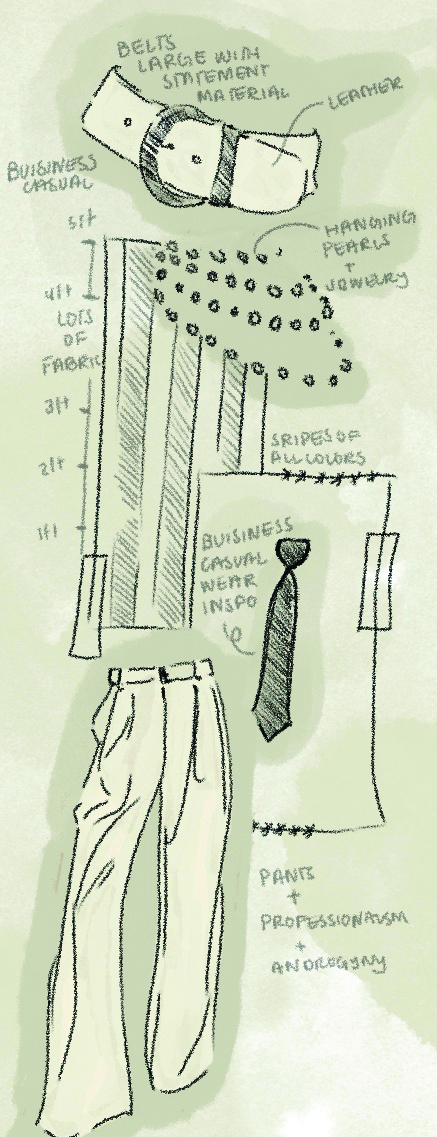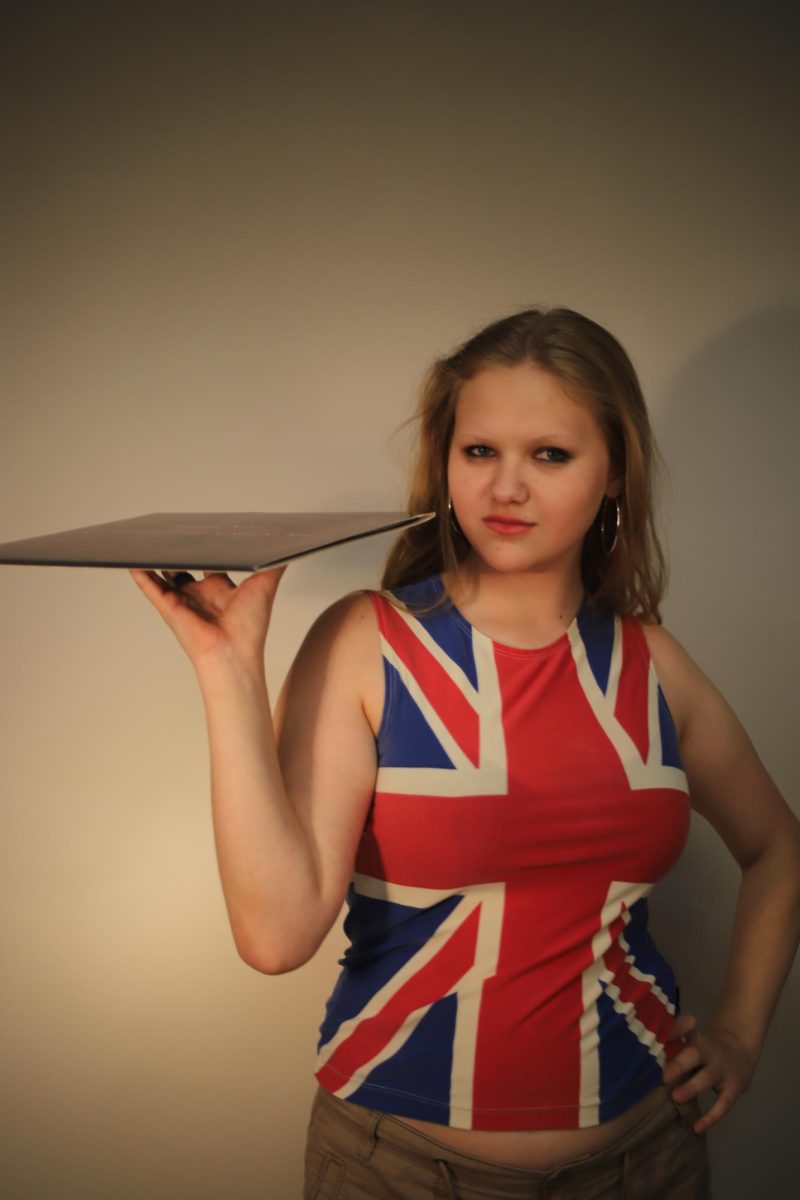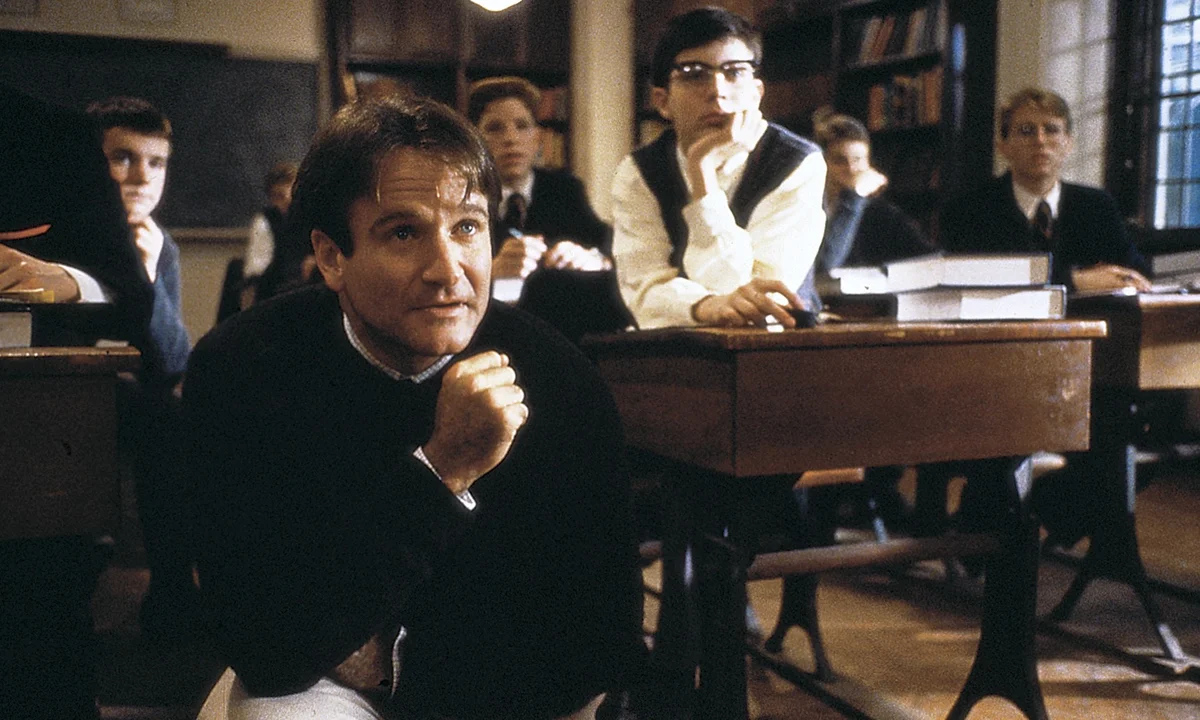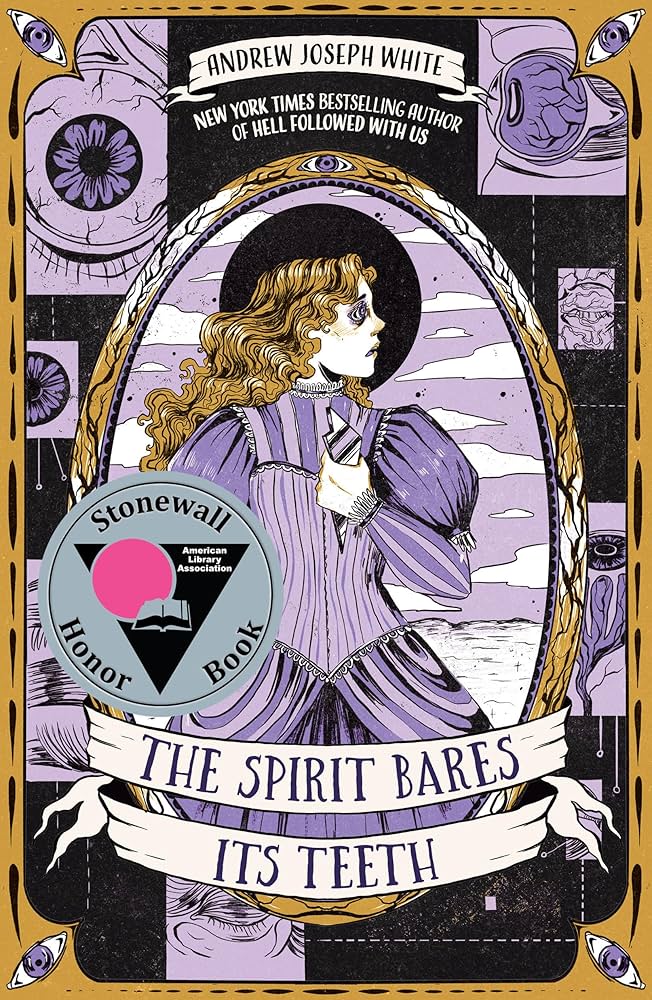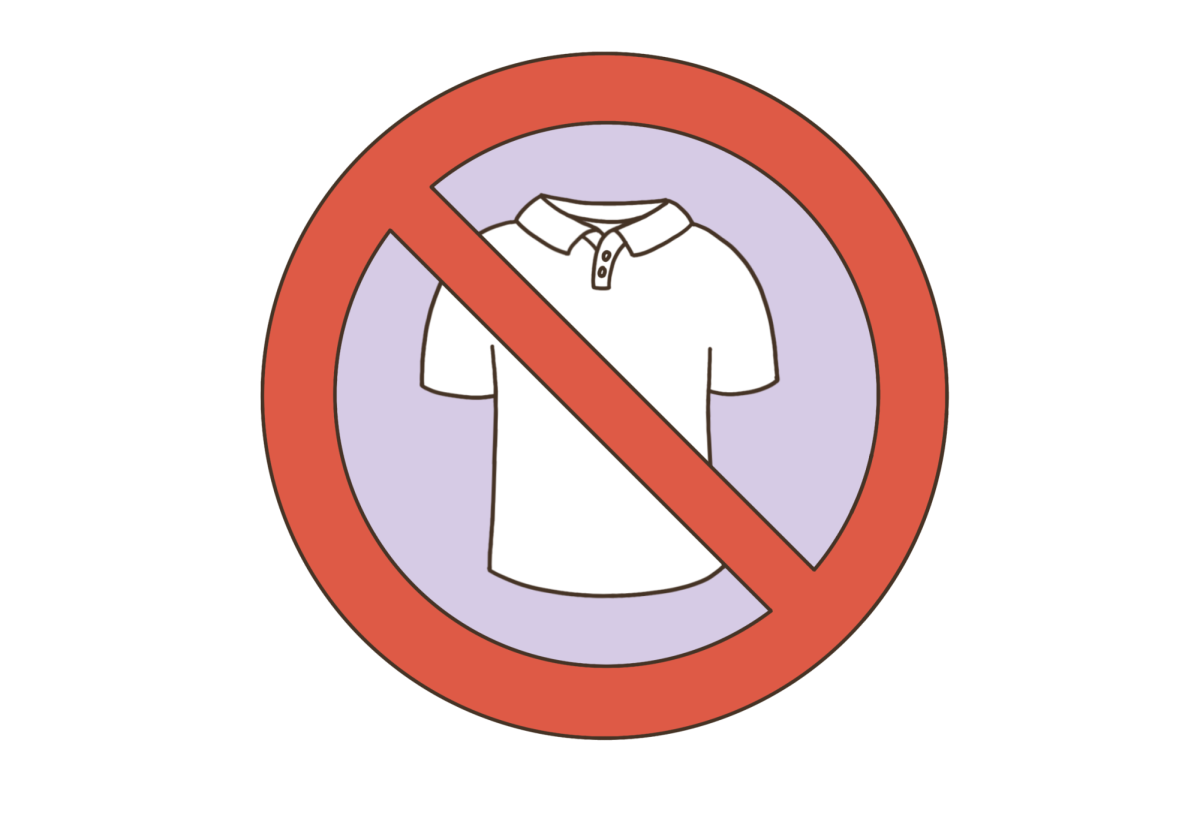The fashion showcased in runway shows for the upcoming Spring/Summer season appear remarkably different from the summertime wardrobe that was retailed a couple of years ago. I specifically remember watching shows in 2021 with excitement as I realized the color and boldness of the Y2K style was making a comeback. According to the 20-year fashion cycle theory, which posits that fashion trends reemerge every 20 years, our current fashion should still resemble that of 2004. Unfortunately, consumerism and fast fashion have accelerated the fashion timeline, leading us to revisit the trends far sooner than expected.
Despite the accelerated trend turn around, two aspects of the classic fashion cycle remain: Firstly, it will repeat the past, and secondly, the attitude surrounding style will constantly oscillate. In the return of the early 2000s, we rejected the punky, rebellious nature of late 2010s fashion (think alternative Tumblr girls). However, it seems we are already coming full circle and welcoming back the trends that ruled the fashion world when I was in middle school in the 2010s.
Additionally, as I analyzed the shows of top fashion houses, I was shocked by the consistently dark and cold themes across brands. Typically, I can quickly identify how the clothing in ready-to-wear fashion shows will be integrated into the wardrobes of the general population. However, after observing the shows that forecast the trends of the season, most looks seem inapplicable and inconvenient. I wonder if and how fast fashion brands will adopt the trends that high fashion houses have set. Here are the most prominent trends I picked up on:
Belts Statement belts are making a comeback, and not for utility but as an accessory to add a little something to outfits. Unstructured fabrics were cinched at the waist with thick belts in many looks across multiple fashion shows but especially in Louis Vuitton’s women’s Spring/Summer 2024 show. The familiar look was reminiscent of the unnecessary belts thrown onto the midsections of dresses that were popular in the mid to late 2010s.
Stripes Clean stripes were prevalent on pants, shirts, skirts and more. This pattern, in a subdued way, mimics the 2010 chevron print that once dominated everything.
Androgyny In stark contrast to the hyper-femininity of the 2000s, most pieces had hints of masculinity. Specifically, in Miu Miu’s Spring/Summer 2024 show, women wore swim trunks with work attire on top.
Professionalism Very professional attire was a central theme of every show I watched. Generally, swimwear and beachy clothing were excluded. Occasionally, a piece of breathable, relaxed fabric suitable for hot weather, a short skirt or swimsuit bottoms would be featured but were juxtaposed with a very structured and corporate office-inspired upper half.
Modesty The short-lived craze for early 2000s fashion invited minimal, skimpy clothing. This coming season, well-known fashion houses seem to be promoting a new wave of modesty with almost every look being highly conservative and featuring heavy fabrics. Even when a swimsuit made it to the runway, it was covered with a heavy poncho or coat as seen in both Chanel and Miu Miu’s Spring/Summer 2024 shows.
Layered Jewelry A staple of the 2010s was bold, statement necklaces that have,in the past couple years, been replaced with more dainty jewelry for a simplistic look. The tide has already changed again as I saw many models wear layers of long, decorated jewelry in Chanel’s Spring/Summer 2024 ready-to-wear show. Its undeniable presence in shows suggests that heavy jewelry is making a comeback which only adds to the list of upcoming trends that are inconvenient for summer activities.
Personally, I am not very excited about how non-summer-y the Spring/Summer fashion is this year. Normally, I can easily visualize how the themes showcased in high fashion shows will integrate into everyday fashion for you and me, but that is not the case this time. I may be surprised to see people in wool ponchos this summer, or maybe the high fashion houses just missed the mark this year.

